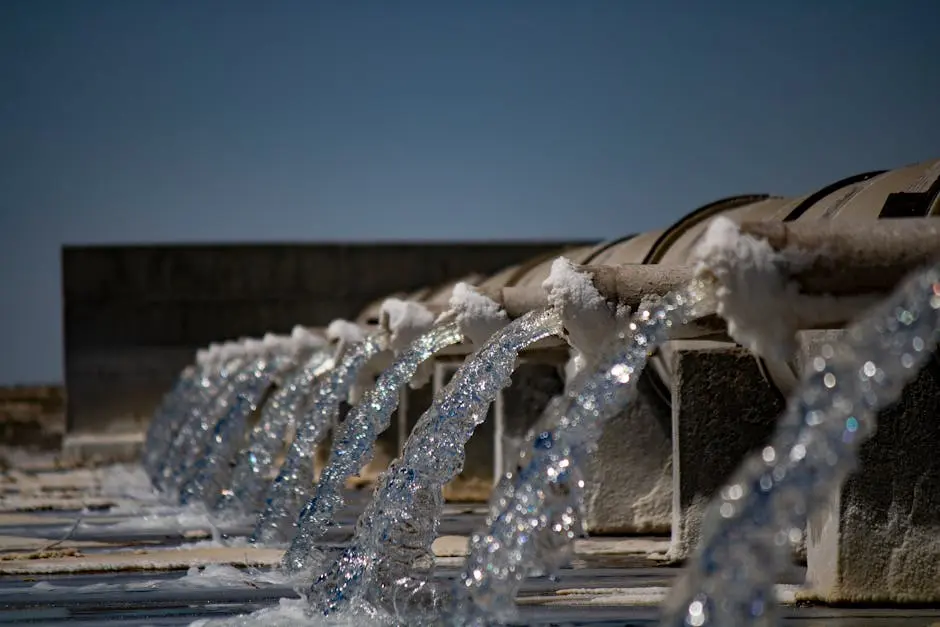How Does Backflow Prevention Work in Irrigation Systems?
Irrigation systems are a crucial part of keeping your landscape lush and vibrant. However, one of the lesser-known aspects of these systems is the importance of backflow prevention. Backflow prevention ensures that water flows in the intended direction within your irrigation setup, preventing contamination and maintaining water quality. In this blog, we'll explore how backflow prevention works and why it's so essential.
Understanding Backflow and Its Risks
Backflow occurs when water flows in the reverse direction, leading to potential contamination of the water supply. This can happen due to changes in pressure, which is why having a reliable backflow prevention method is crucial.
Imagine a garden hose submerged in a pool of dirty water. If the pressure suddenly drops, that dirty water can be sucked back into the drinkable water supply. This scenario highlights why backflow prevention is essential for public health.
In irrigation systems, backflow can introduce pesticides, fertilizers, and other chemicals into the municipal water supply. This not only jeopardizes human health but also harms the environment by polluting water bodies with hazardous substances.
The Role of Backflow Prevention Devices
Backflow prevention devices, such as check valves and air gaps, are designed to ensure that water moves only in the intended direction. These devices help safeguard against potential contamination by blocking reverse flow.
Check valves function by allowing water to flow in one direction and automatically preventing flow in the opposite direction if the water pressure changes. This simple mechanism is a first line of defense in protecting water supplies from contamination.
Air gaps create a physical separation between the water source and potential contaminants. By providing a clear space, they prevent any backflow from infiltrating the clean water supply. This method is often seen in kitchen sinks and other household fixtures.
Types of Backflow Prevention Devices
There are several types of backflow prevention devices, including Reduced Pressure Zone (RPZ) valves and Double Check Valves. Each type has its specific applications and advantages, depending on the needs of your irrigation system.
Reduced Pressure Zone (RPZ) valves are highly effective in preventing hazardous backflow. They are equipped with a mechanism that opens to discharge water if a backflow condition is detected, thus providing maximum protection against contamination.
Double Check Valves, on the other hand, consist of two mechanical check valves coupled together. They offer a solid solution for most residential and commercial irrigation systems, maintaining a one-way water flow efficiently.
Installation and Maintenance Tips
Proper installation and regular maintenance of backflow prevention devices are crucial to their effectiveness. It's recommended to have these devices installed by professionals and regularly inspected to ensure optimal performance.
Scheduling an annual inspection for your backflow prevention device can save you from unexpected issues. Regular checks help identify any wear and tear or malfunction before they lead to significant problems, thus ensuring consistent protection.
Training on the function and maintenance of these devices can also help. Learning simple procedures like checking valves can empower you to take immediate action if any device underperforms, keeping your irrigation system safeguarded at all times.
Wrapping Up Backflow Prevention
Backflow prevention in irrigation systems is a vital component for ensuring safe and clean water supply. By understanding how backflow prevention devices work and why they're important, you can protect both your irrigation system and your community's water supply. Implementing and maintaining these devices is a crucial step in responsible water management. To learn more about how we ensure the safety of your water supply, visit Diamond Scenery's homepage.

